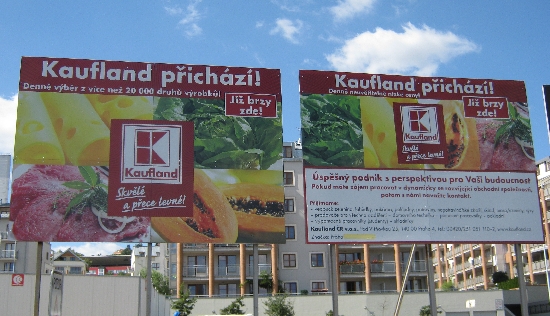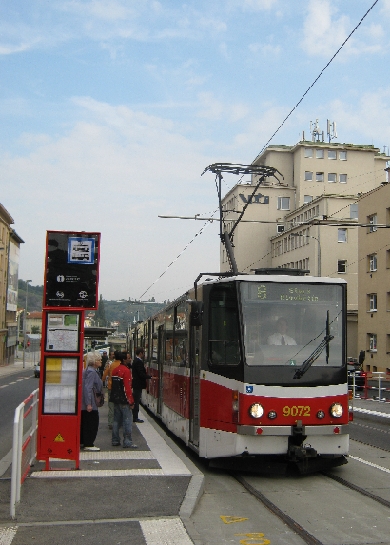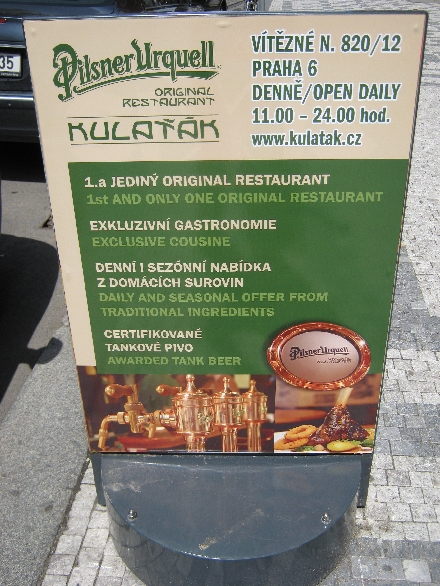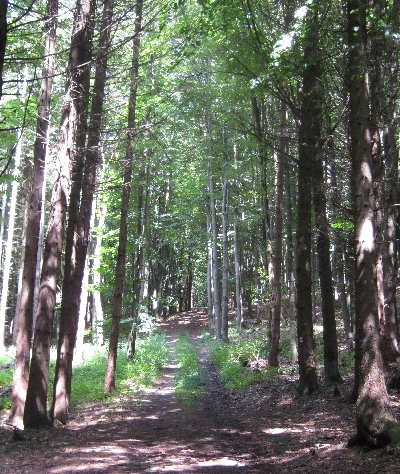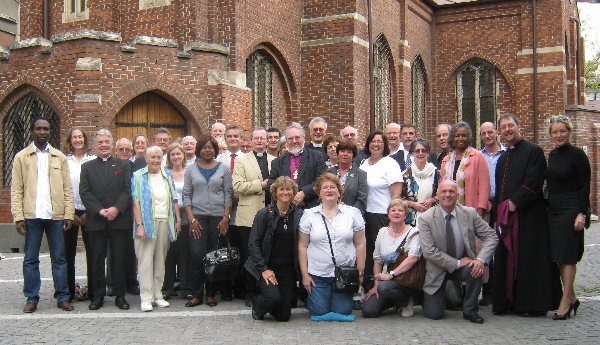
Once a year, the clergy of the Anglican Chaplaincies scattered across Central & Eastern Europe, together with elected lay representatives of their congregations, meet together as the Eastern Archdeaconry Synod. This year’s synod meeting took place in Bucharest, Romania, between Thursday 22nd – Sunday 25th September.
In previous years, along with Sybille, I’ve driven by car to attend these annual synodical meetings – in 2009 to Izmir in Turkey and in 2010, a somewhat shorter journey to Vienna. This year, a combination of Sybille choosing not to stand for re-election as a lay representative, together with Sam the dog still getting used to long car journeys, we decided that I would attend the synod meeting alone and fly to get there.
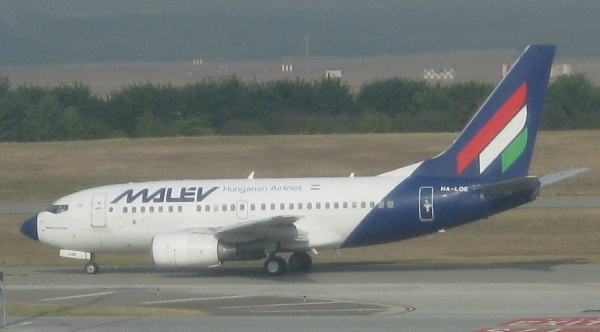
When I finally got around to booking my flights, I discovered that the cheapest way to get from Prague to Bucharest was to fly by Malev Hungarian Airlines, initially from Prague to Budapest and then by a second flight, from Budapest to Bucharest. Unfortunately, the outward journey did involve sitting in Budapest Airport for in excess of four and a half hours whilst waiting for the onward flight to Bucharest. Fortunately, the return flight involved a far shorter wait in Budapest which nearly turned out to be too short, after the departure of the Bucharest- Budapest flight was delayed by over forty-five minutes!

The synod met in a conference centre which is part of the Romanian Orthodox Cernica Monastery, located about 20 kilometres east of the centre of Bucharest. The whole complex is situated on an island in the middle of a lake with access via a causeway. The conference centre is a fairly new development and we were certainly the first Anglicans ever to use the facilities and also the largest group for which they had ever catered.

With daytime temperatures in the high twenties Celsius, though much cooler at night, we ate all our meals on a verandah overlooking the surrounding lake. The only disadvantages of this arrangement were an abundance of mosquitoes from the lake and many wasps who were particularly attracted by the jam served at breakfast time!


The two major items of synod business were consideration of the two issues under current debate in the Church of England and the wider Anglican Communion. The first is the proposed Anglican Covenant which seeks to make explicit what has previously been implicit as to what unites the 44 member Churches of the Anglican Communion. The second is the proposal to allow for female bishops within the Church of England and what provision should be made for those who cannot accept the idea.
Dr Walter Moberly led three excellent Bible Studies on the theme of preaching from the Old Testament. The Diocesan Secretary Adrian Mumford, gave a presentation on how the Diocese in Europe works; Canon Malcolm Bradshaw the Senior Chaplain in Athens introduced us to various resources for worship in small congregations; whilst Rev’d Jady Koch, the curate of Christ Church, Vienna, spoke about all the possibilities that are available in the area of digital communication. In his talk, Jady very kindly singled out Sybille and myself, expressing his admiration for all that we do via our Church website, this blog and our use of Facebook and Twitter. Hint, you can follow us on both 😉
As always, the reports from each of the Chaplaincies reminded me that many of my colleagues face far more difficult situations than I do here in Prague. Most notably, the Russian government is making life very difficult for the Moscow and St. Petersburg congregations. Likewise, the increasing Islamist tendencies of the Turkish government are not helping the cause of our congregations in Ankara, Izmir and Istanbul.
|
|
Whilst the synod does mean spending time in worship, learning together and discussing Church business, it does also provide for times of fellowship and fun together. One regular feature of the Eastern Archdeaconry Synod is an auction. Synod participants are asked to bring an item from their respective countries with a value of no more than 50 Euros. These are then auctioned to the highest bidder with the funds raised going to the Archdeacon’s discretionary fund. Over a few glasses of wine, this event is always most enjoyable, especially with Canon Simon Stephens, the Chaplain of St. Andrew’s, Moscow, as the auctioneer. Mainly due to his persuasive efforts, this year the sum of 1413 Euros was raised.

As so often with gatherings such as these, conversations over coffee or at meal times with other synod members are most valuable and helpful. The photo here is of our Archdeacon Patrick Curran, deep in conversation with our Anglican Diocesan Bishop Geoffrey Rowell. However, I am very tempted to print out this picture and take it to next year’s synod meeting, pin it on a noticeboard and ask for suggestions as to what the Bishop is saying to the Archdeacon &/or vice versa. If anyone wants to participate in this caption competition now, contributions are most welcome by leaving a comment here.

The synod concluded with all the participants joining the congregation of the Anglican Church of the Resurrection, Bucharest, for their regular Sunday Eucharist at which Bishop Geoffrey was the celebrant and preacher. During the service, David, a member of the small Anglican congregation in Skopje, Macedonia, was confirmed.
After post-eucharistic coffee and tea, we adjourned for lunch in Chez Marie, the restaurant across the road from the Church which seems to gain good business from the Bucharest Anglican congregation. After lunch, some participants headed for the airport and their return flights. However, many including myself, stayed on for a bus tour and exploration of the city of Bucharest about which I shall write in my next blog post.



